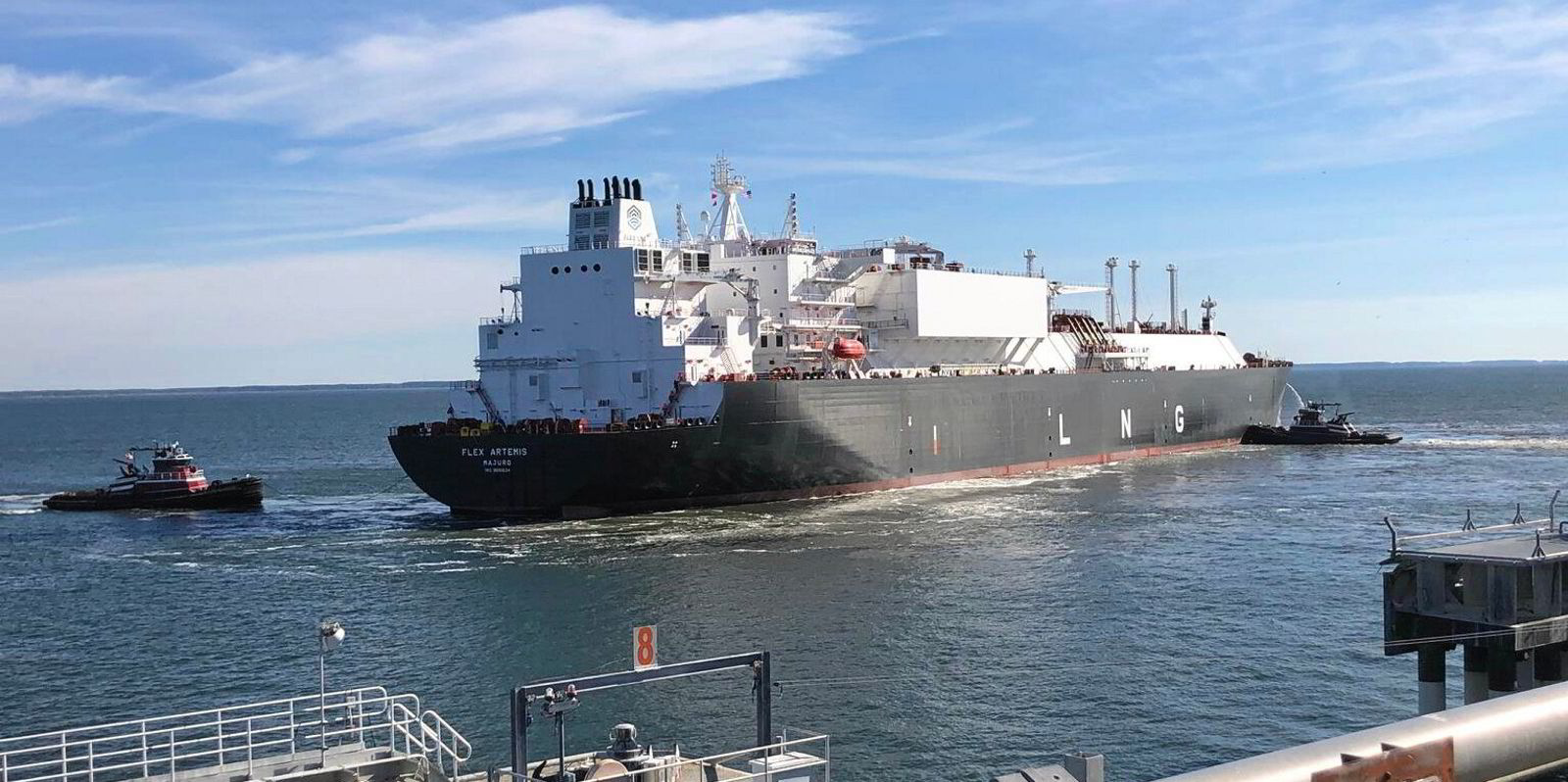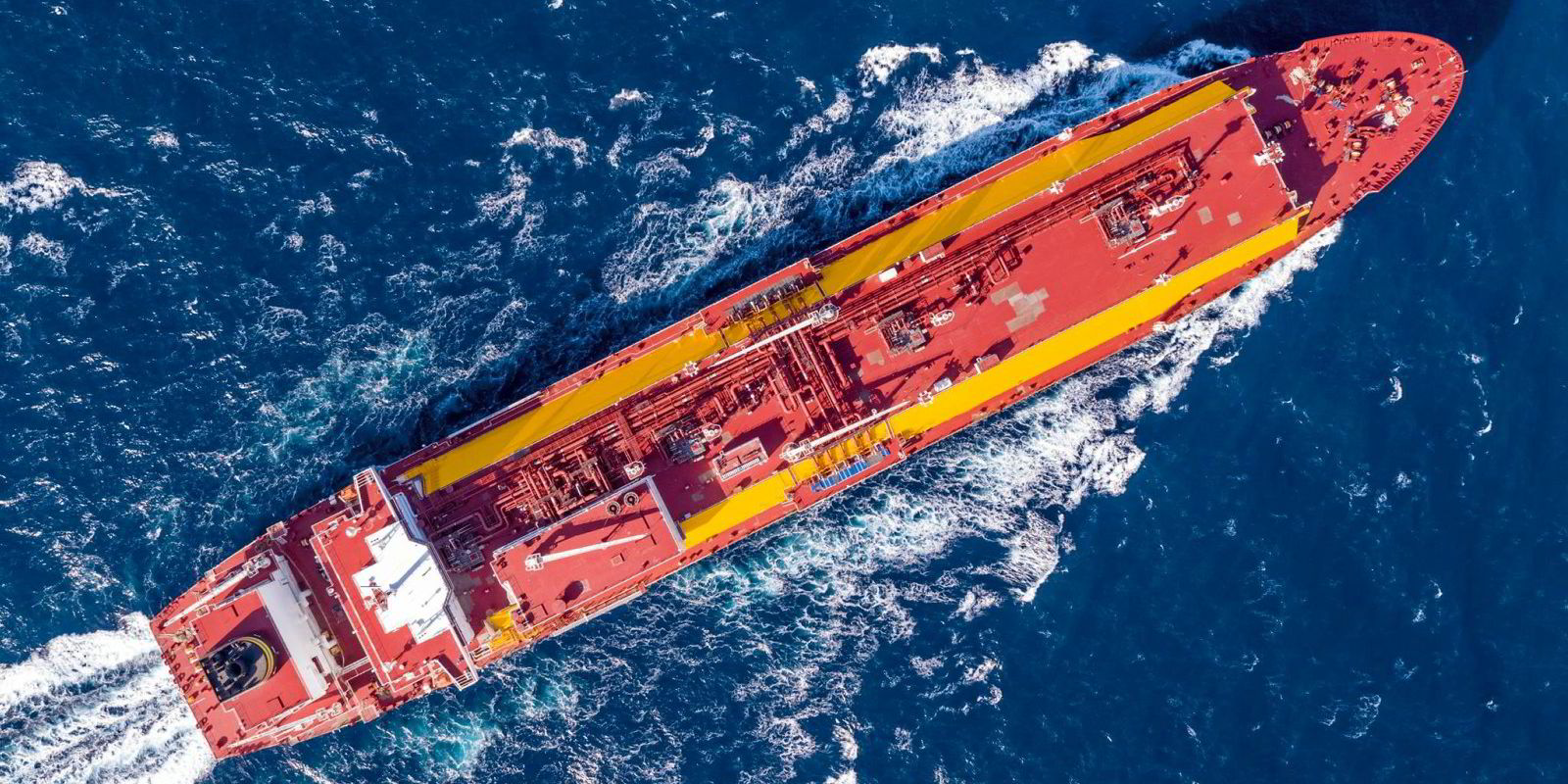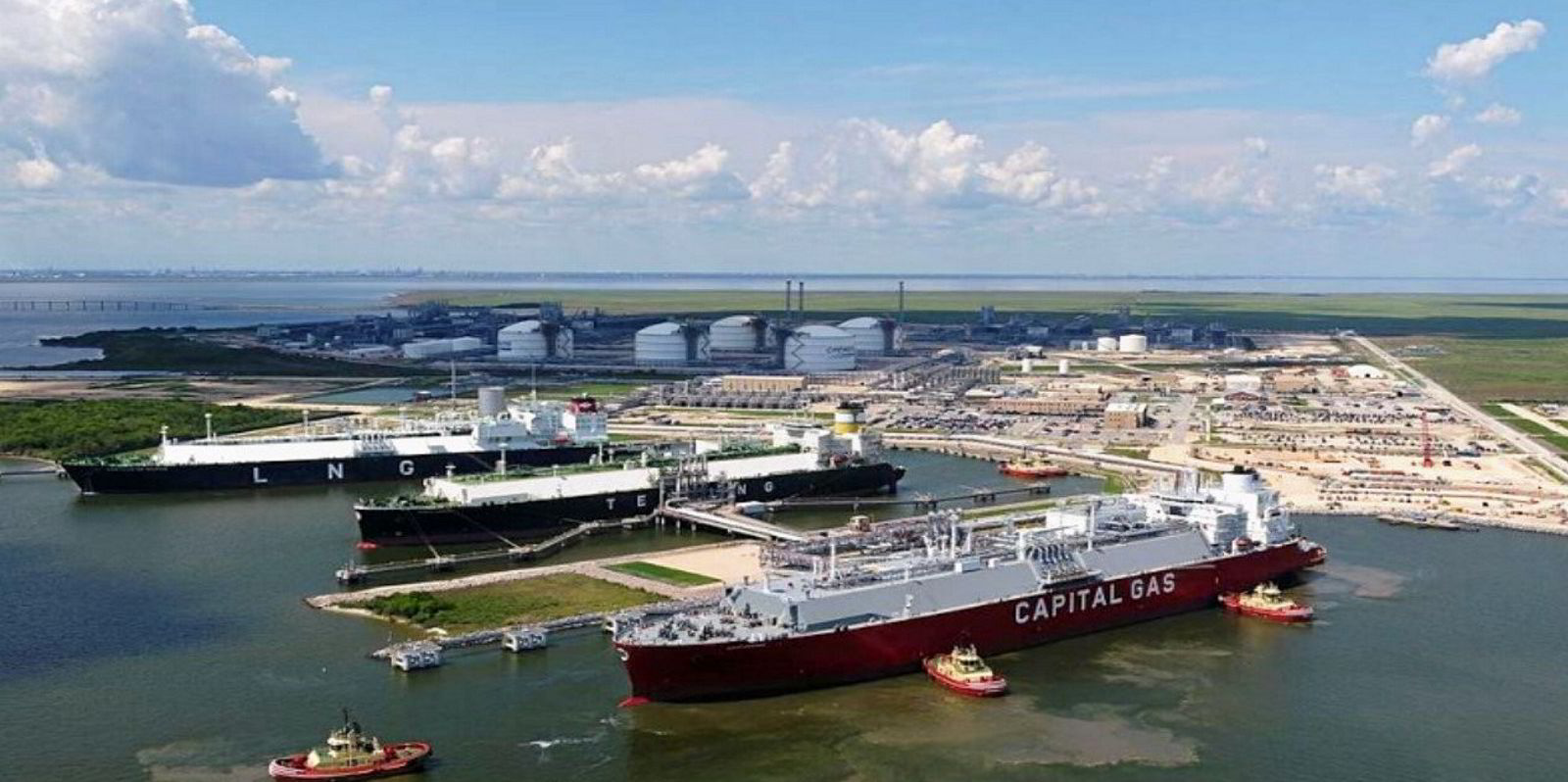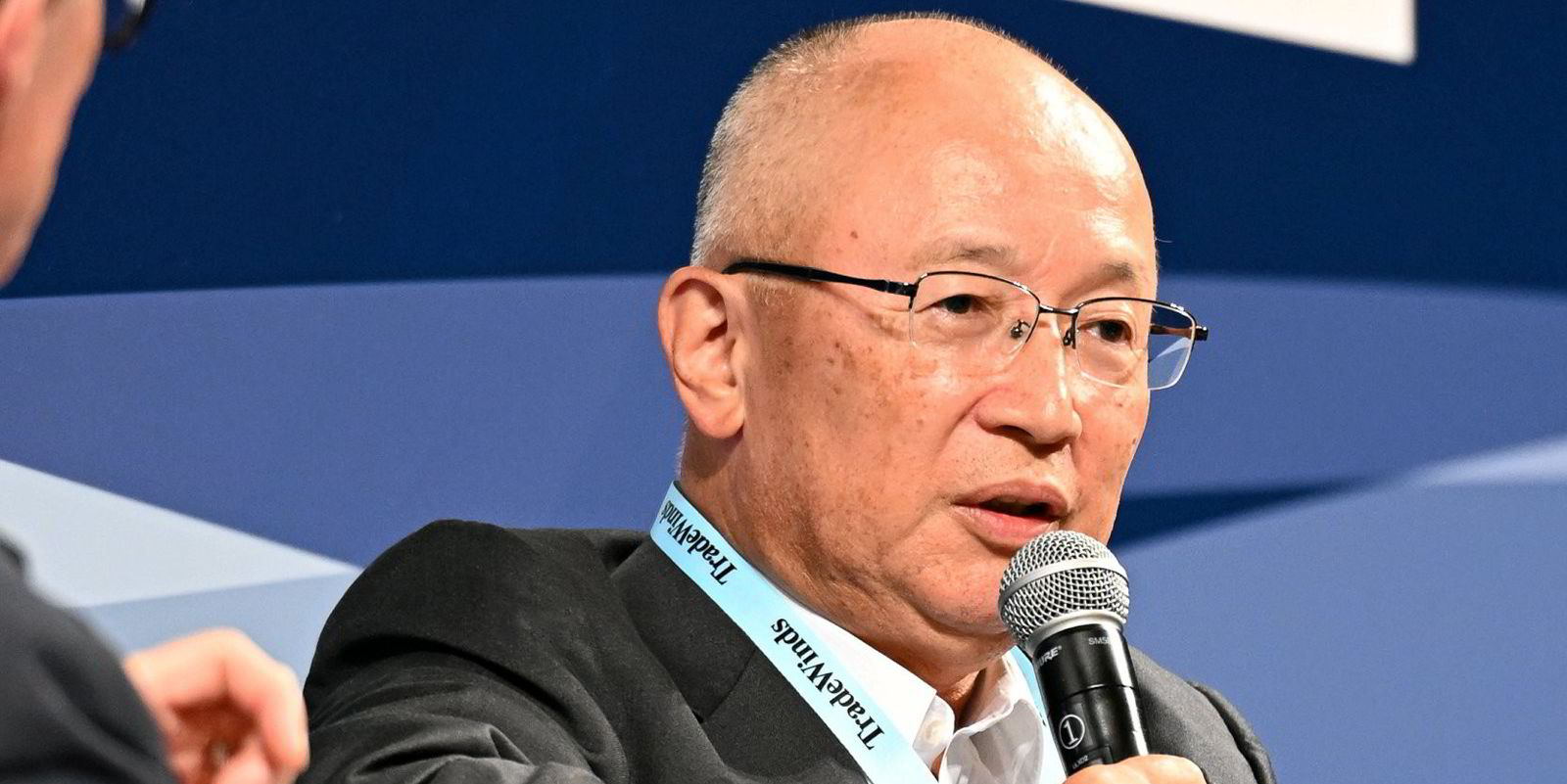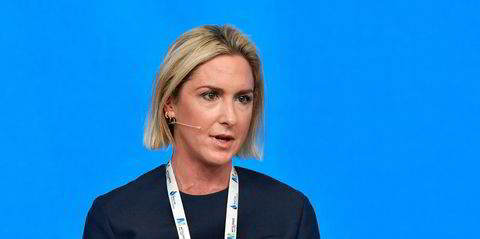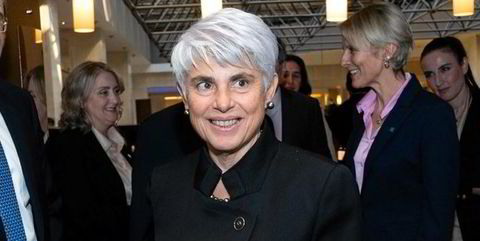John Fredriksen’s Flex LNG sees a tightening LNG shipping market from 2026 but expects volatility to continue in the interim two years.
Reporting third-quarter results, Flex LNG chief executive Oystein Kalleklev said LNG export growth will continue to be “fairly muted” in the next two years with Atlantic cargoes being pulled towards Europe in a tight market.
He said this will put a dent in sailing distances in the near term. “The spot freight market will therefore continue to experience a very high level of volatility depending on season.”
Kalleklev, who described the overall LNG freight and product market today ahead of the peak winter season as “fairly balanced”, said: “From the end of 2025, we do however see a wave of new LNG coming onstream, and we expect these volumes to gradually alleviate market tightness and make LNG affordable to consumers with shallower pockets.”
The CEO said that with LNG newbuilding deliveries peaking at the end of 2025, the company sees an incrementally tighter shipping market from 2026 onwards.
“We therefore think our two fully open ships in 2027 and two fully open ships in 2028 are attractively positioned for re-contracting opportunities,” he said.
Flex LNG reported marginally lower third-quarter net income, down at $45.1m from $46.6m in the same three months of 2022.
But operating income rose to $56.2m in the quarter from $52.8m a year earlier.
In the first nine months of 2023, net income fell to $100.7m from $146.6m in the corresponding period of 2022 while operating income climbed to $159.4m from $139.6m in the previous year.
Flex LNG said its vessel operating revenue was higher this year due to a higher proportion of its fleet being on improved longer-term fixed rate contracts as well as a somewhat stronger spot market compared to 2022, affecting one vessel on a variable rate hire contract, its 173,400-cbm Flex Artemis (built 2020).
This was offset by the scheduled dry-dockings of four vessels in 2023, resulting in offhire days.
Interest expenses were markedly higher during the first nine months of this year, up at $81.1m compared to $52.1m in the same period of 2022.
Flex LNG reported higher average time charter equivalent rates for the third quarter, up at $79,207 per day compared to $77,218 per day a year ago.
The company said its 13-strong LNG carrier fleet is fully contracted out for the rest of 2023, with 95% firm contract coverage in 2024.
Kalleklev said all the company’s 13 ships were in service during the quarter after three more special survey dry-dockings were completed in the previous three months.
He said the company recorded gains on its portfolio of interest rate swaps during the quarter.
“We have been ahead of the curve, hedging interest rate risk prior to Fed aggressively ramping up rates, and since beginning of 2021, we have in total recorded $128m of gains on our interest rate swaps,” the CEO said.
Kalleklev said: “With seasonally stronger spot market heading into the winter season, we expect a further increase in revenues in the fourth and last quarter of the year, with expected revenues of $97m-$99m.”
He said the company is “well on track” to deliver its revenue guidance for the year of $370m and the overall average TCE guidance of $80,000 per day.
Flex LNG declared a third quarter of $0.875 per share, consisting of a quarterly dividend of $0.75 per share and a special dividend of $0.125 per share.
